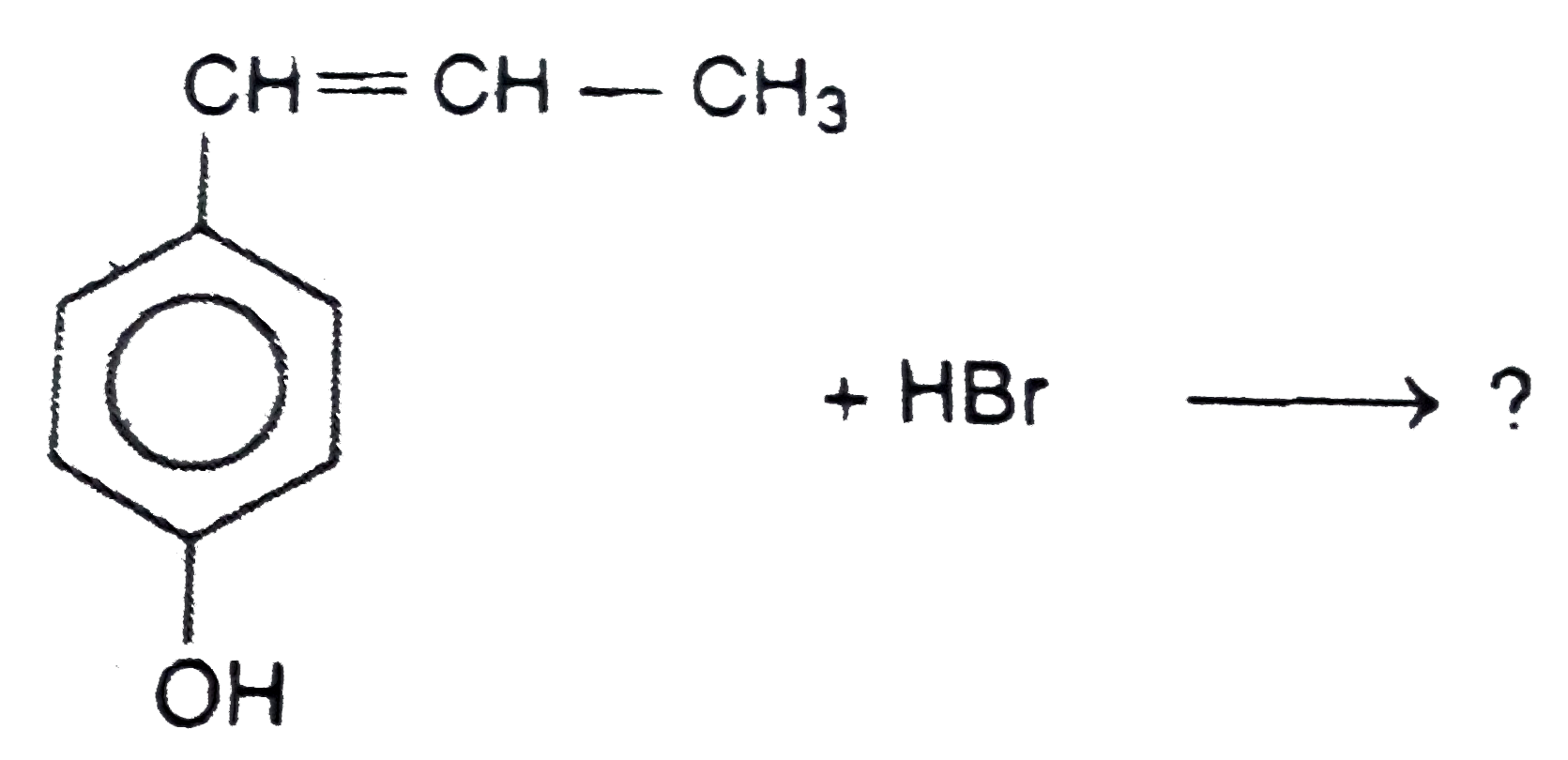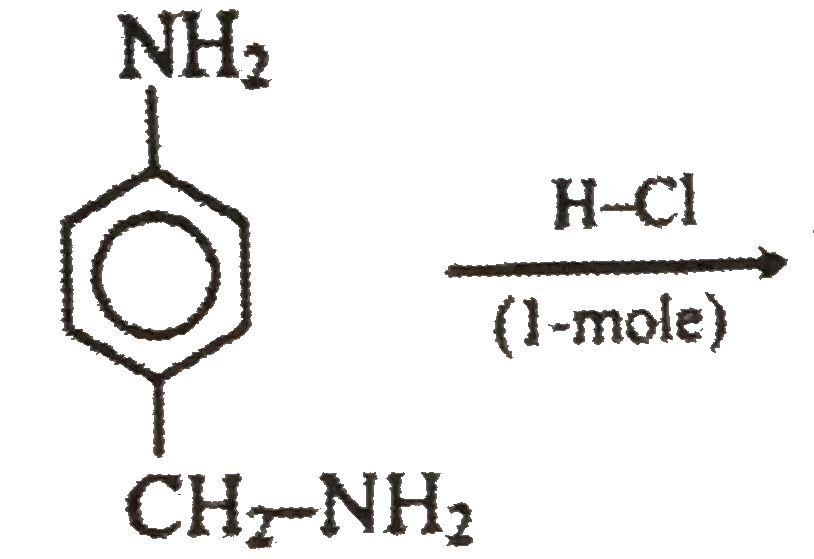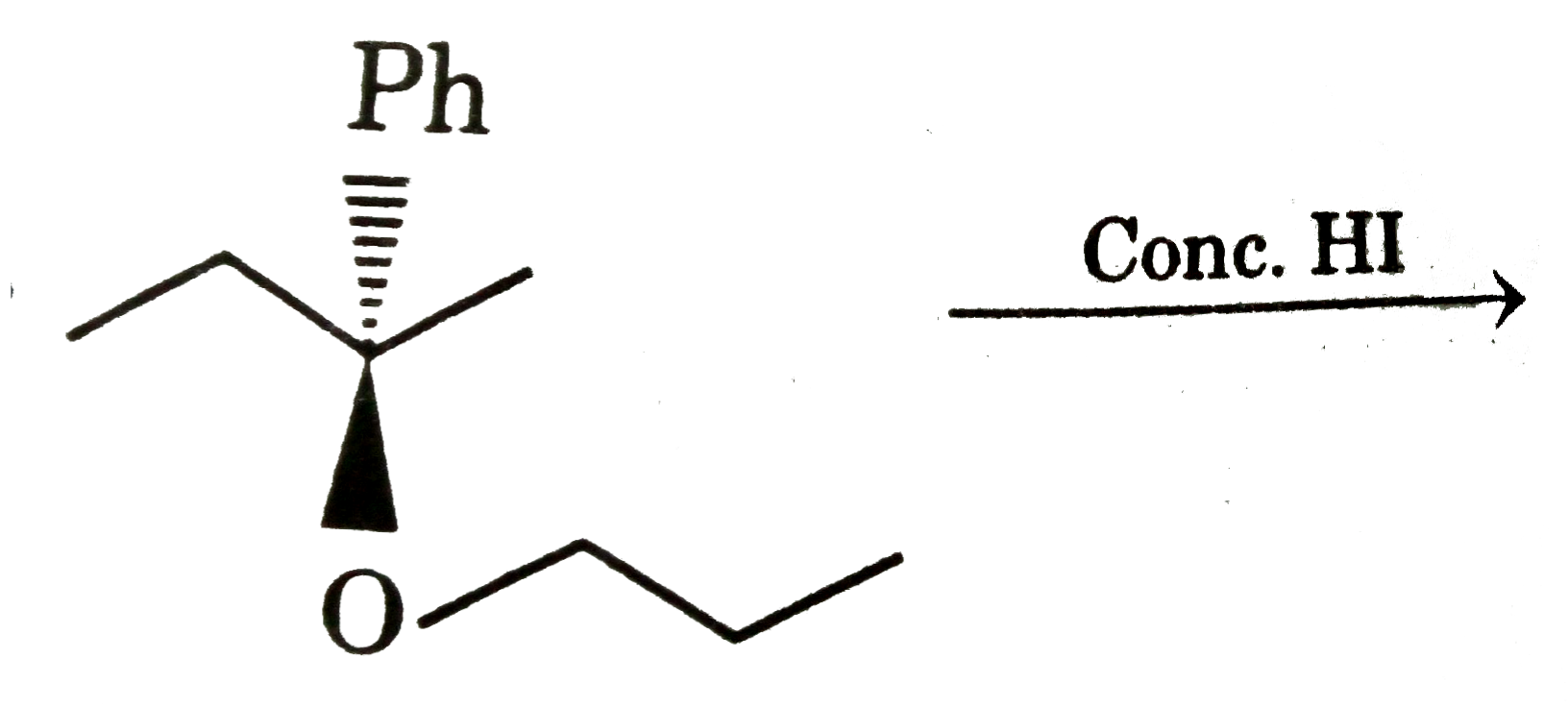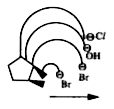 . The product(s) in the above reaction that can be formed is Solution in Telugu
. The product(s) in the above reaction that can be formed is Solution in Telugu




The correct Answer is:A, B, D
Topper's Solved these Questions
- HYDROCARBONSBOOK - AAKASH SERIESCHAPTER - HYDROCARBONSEXERCISE - ADDITIONAL PRACTICE SHEET ( LEVEL-II (PRACTICE SHEET (ADVANCED) (LINKED COMPREHENSION TYPE QUESTIONS(PASSAGE-I))))
3 Videos
- HYDROCARBONSBOOK - AAKASH SERIESCHAPTER - HYDROCARBONSEXERCISE - ADDITIONAL PRACTICE SHEET ( LEVEL-II (PRACTICE SHEET (ADVANCED) (LINKED COMPREHENSION TYPE QUESTIONS(PASSAGE-II))))
3 Videos
- HYDROCARBONSBOOK - AAKASH SERIESCHAPTER - HYDROCARBONSEXERCISE - ADDITIONAL PRACTICE SHEET ( LEVEL-II (LECTURE SHEET (ADVANCED) (MATRIX MATCHING TYPE QUESTIONS )))
10 Videos
- GENERAL ORGANIC CHEMISTRYBOOK - AAKASH SERIESCHAPTER - GENERAL ORGANIC CHEMISTRYEXERCISE - QUESTIONS FOR DESCRIPTIVE ANSWERS
35 Videos
- HYDROGEN AND ITS COMPOUNDSBOOK - AAKASH SERIESCHAPTER - HYDROGEN AND ITS COMPOUNDSEXERCISE - QUESTIONS FOR DESCRIPTIVE ANSWERS
20 Videos
Similar Questions
Markovnikov addition takes place with unsymmetrical alkenes. The positive part of the reagent gets connected to the double bonded carbon with more number of hydrogens. In presence of peroxide and in special cases addition takes place against Markovnikov rule.
In which of the following compound addition takes place against Markovnikov rule
View SolutionAlkenes undergo electrophilic addition with many reagents like HX, H2O, HOCI etc. Except in the case of addition of X−2 in other additions carbocation is formed as intermediate. The rate of such reactions depends on the stability of carbocation. Rearrangements and ring expansion are also common in such reactions.
The correct order of reactivity of the following towards electrophilic addition is
P) Vinyl chloride Q) Pent-2-ene
R) 3-methyl pent-2-ene S) 2,3-dimethyl but-2-ene
View Solution
View SolutionMention the hybridisation stste of each carbon in the following compounds.
CH3−CH=C=O,CH3−C≡C−CH3,CH3COCH3andCH2=CHCN
View SolutionWhy the use of hard water is disadvantages?
View SolutionSelect the product(s) formed in the above reaction,
View Solution
What will be the product formed in the above reaction ?
View Solution
End product formed in the above reaction is,
View Solution
Product formed in above reaction is -
View Solution
Product(s) of above reaction is / are :
View SolutionThe product formed in above reaction is:
View Solutionwhich of the following products is not formed in above reaction : products are
View SolutionThe product 'X' formed in above reaction is
View SolutionThe product 'X' formed in above reaction is
View SolutionProduct(s) in the above reaction is (are)
View Solution

